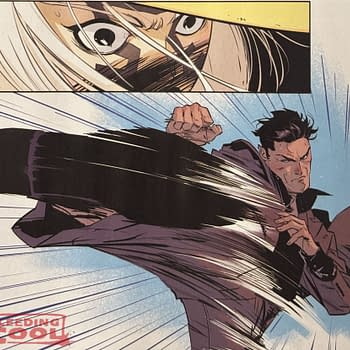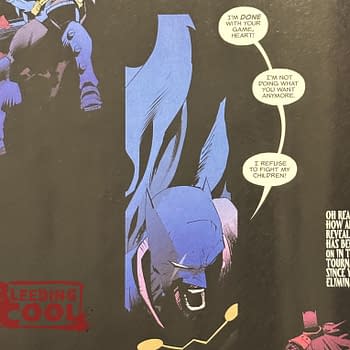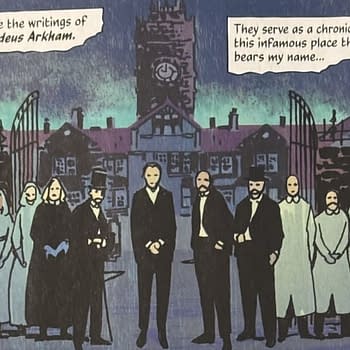Posted in: Comics, Marvel Comics | Tagged: jim lee, marvel, x-men
Marvel Collects Jim Lee's X-Men Trading Cards For 30th Anniversary
In 1992, Marvel published a set of X-Men trading cards, all drawn by Jim Lee, to follow upon the launch of the new X-Men #1. Even as Jim Lee was founding Image Comics. I was nineteen years old, so of course I bought them all. And now I can buy them all again as The Uncanny X-Men Trading Cards: The Complete Series, to be published in July.
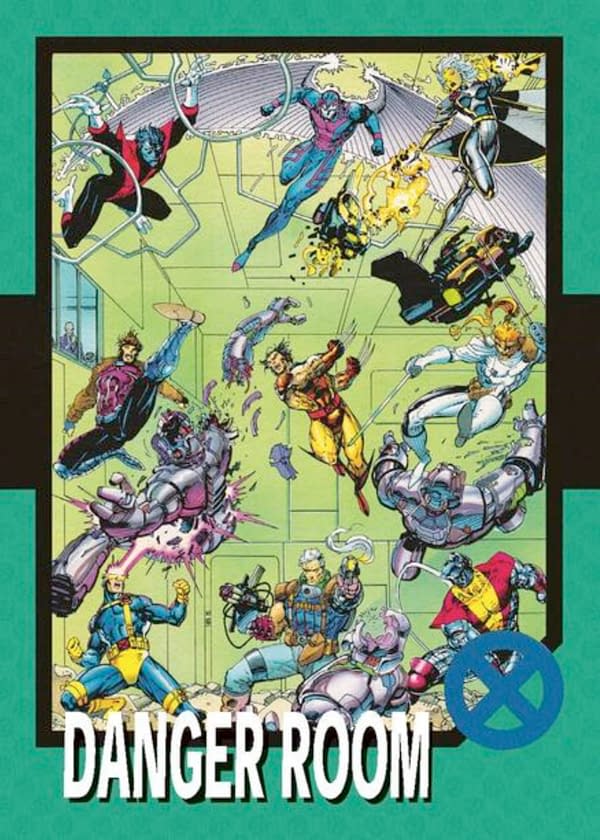
In 1992, Marvel Entertainment commissioned Jim Lee, the young superstar penciller behind X-MEN #1 (1991), the bestselling single-issue comic book of all time, to create all of the art for a new set of 105 trading cards. That set of trading cards would go on to become one of the most celebrated in Marvel history and the gold standard for non-sports trading-card artwork and design. Now, you can celebrate the 30th anniversary of artist Jim Lee's legendary X-Men trading-card art with The Uncanny X-Men Trading Cards: The Complete Series, the annotated, digest-size collection of the complete 1992 set, which includes bonus cards! Lee was the first artist to create all of the original artwork for a Marvel card set; his dynamic character portraits, battle scenes, team shots, and innovative nine-card Danger Room puzzle cards helped fuel both the '90s boom of comic-book trading cards and the general public's mania for all things X-Men. Fans of the chart-topping comics could turn to the cards for further insight into their favorite characters, as Marvel writers and editors included bios, stats, and trivia for each hero and villain. The Uncanny X-Men Trading Cards: The Complete Series collects, for the first time, the front and back of each collectible card in the set—including Wolverine, Storm, Cyclops, Magneto, and Deadpool—along with select scans of Lee's original and digitally remastered art. It also includes interviews, conducted by writer and set editor Bob Budiansky, with the Marvel staff who helped assemble, design, and create these iconic trading cards.

Jim Lee is now DC Comics publisher, so Marvel couldn't get a quote from him now. But they did in 1993, when he told them;
"What can I say? I'm just a fan at heart. That's why it's hard to describe the thrill I experienced when I was chosen to be the artist for the first set of X-Men Trading Cards. The X-Men were always my favorite fictional people while I was growing up. They were more than just comic book characters to me. I felt for the travails of Jean, Scott, Peter, Logan, Hank, Xavier, and all the others that joined their ranks; and when I began working at Marvel, I knew my experience there would not be complete without an opportunity to draw my childhood friends. Well, that day arrived, and what followed — my run on the UNCANNY X-MEN with Chris Claremont — was more fun than anything I'd ever imagined. That still wasn't the end, though. In 1991, Chris and I were given the opportunity to redefine the X-Men for a new generation. In July of that year, X-MEN #1 sold 8 million copies and became Marvel's highest-selling title ever. As the same time, Bob Budiansky called and asked if I'd be interested in drawing every card in the Skybox X-Men Set. I was flattered by the offer, though reluctant to accept because I had to keep up a monthly schedule of my own. Still, after pondering the request for a while, I realized I had no choice. Before me was the opportunity to illustrate nearly every player in the awesome X-Men universe. Not only would I be able to draw all of my own characters, but I could also draw Whilce Portacio's X-MEN, Rob Liefeld's X-FORCE, and Marc Silvestri's WOLVERINE casts. "But the work!," I thought. The set was 105 cards long, and my present work load was harrowing enough…oh, who was I fooling! I called Bob back and told him he had himself an artist. Well, it was a long and hard road, but several months (and several hundred phone calls to and from Bob and his hard-working assistant, David Wohl) later, the card set was finished. Colored exquisitely, I must add, by Paul Mounts, who really carried me at times. Although, to be honest, I rued the day I ever said yes to this project many times during the endeavor, in retrospect, I'm glad I did it. Well, there you have it. In closing, I'd like to thank Bob Harras and Bob Budiansky for helping a kid turn his dreams into reality—and make a living out of them!"
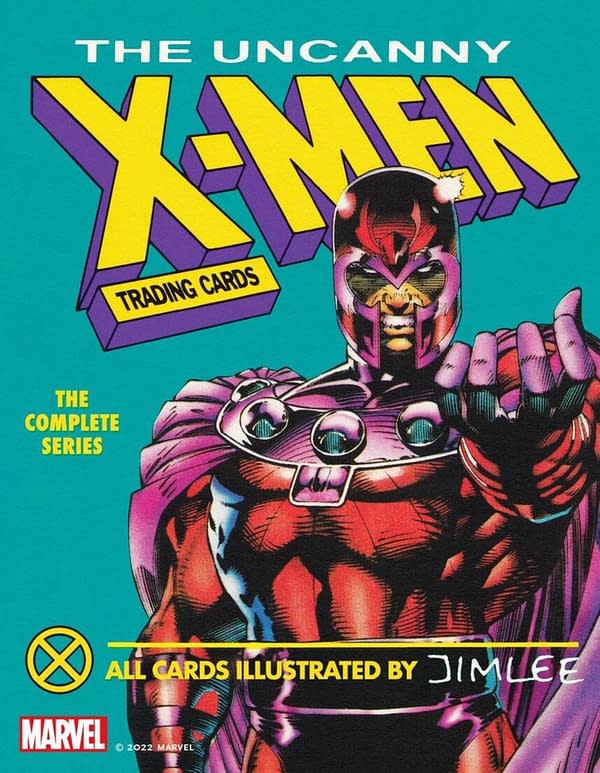
Of course, Bob Harras was the Editor-In-Chief that Jim Lee would later have to make redundant at DC Comics. Funny how these things turn out.








